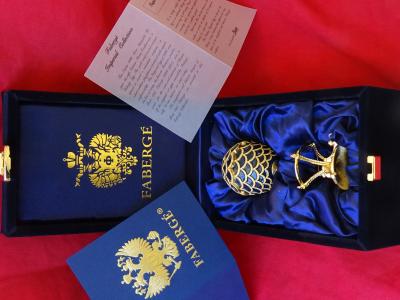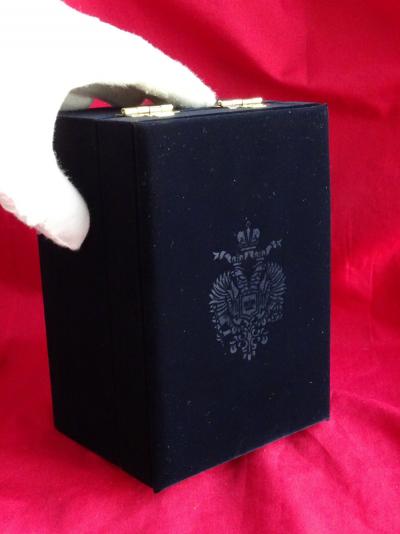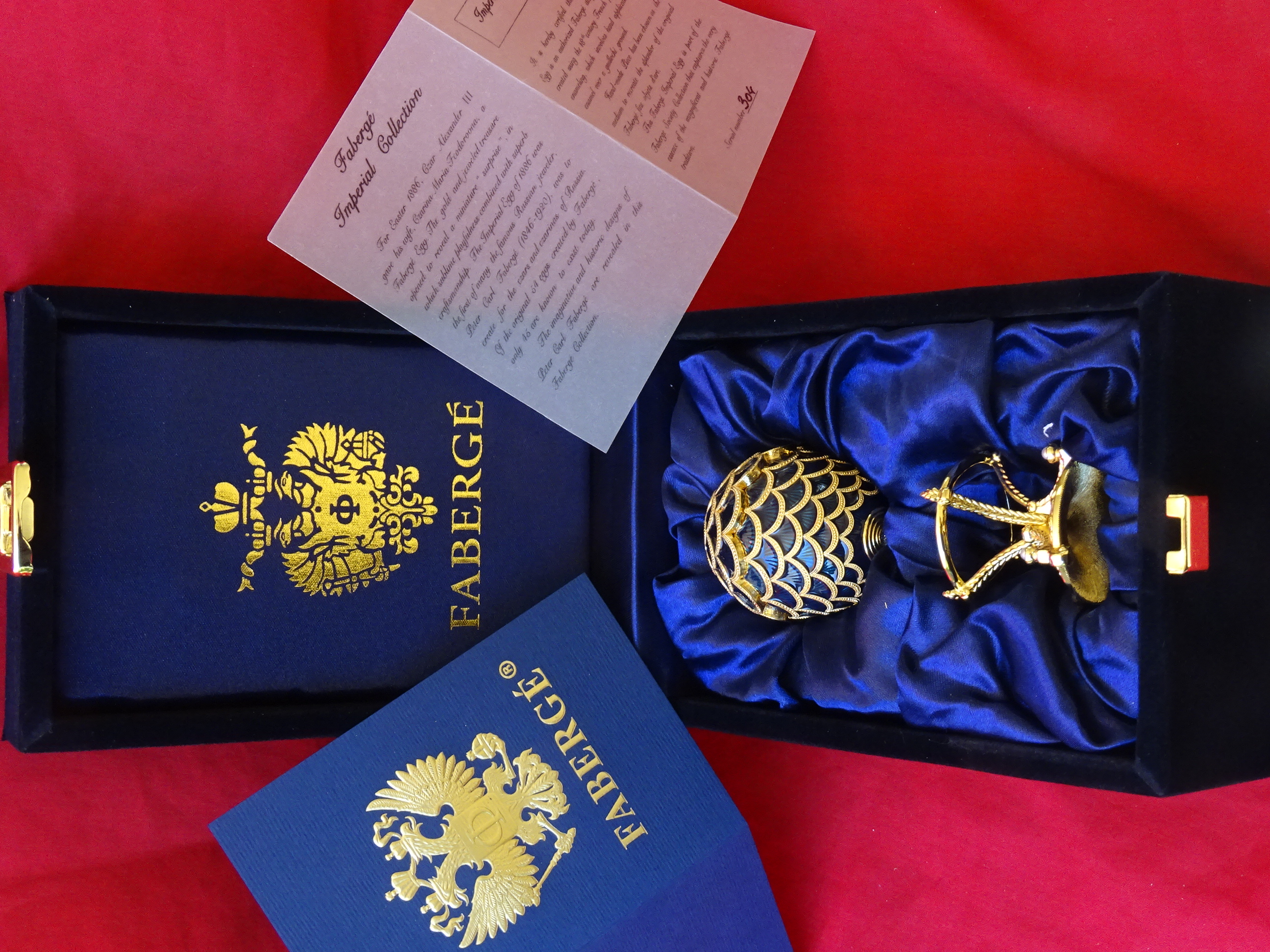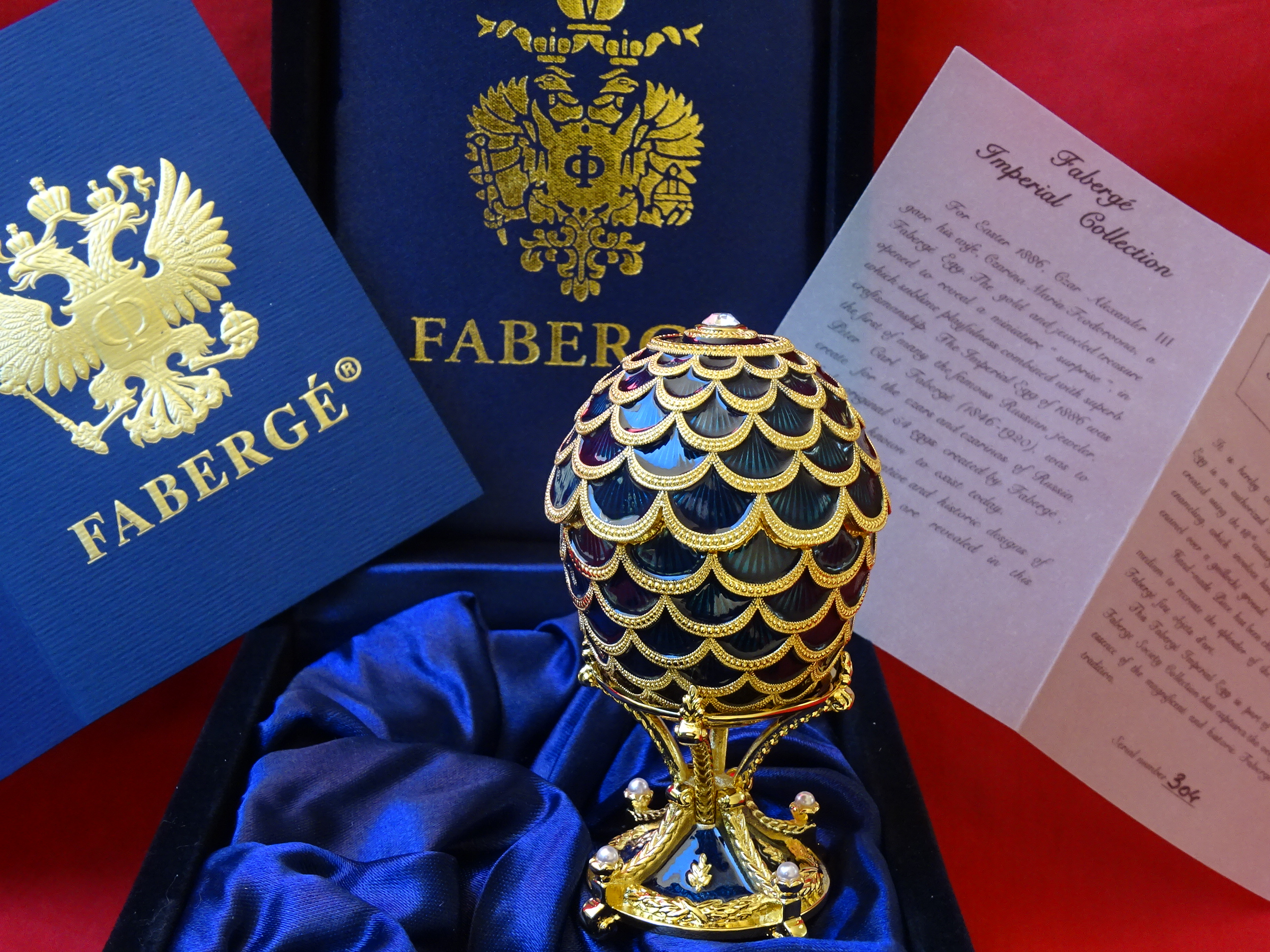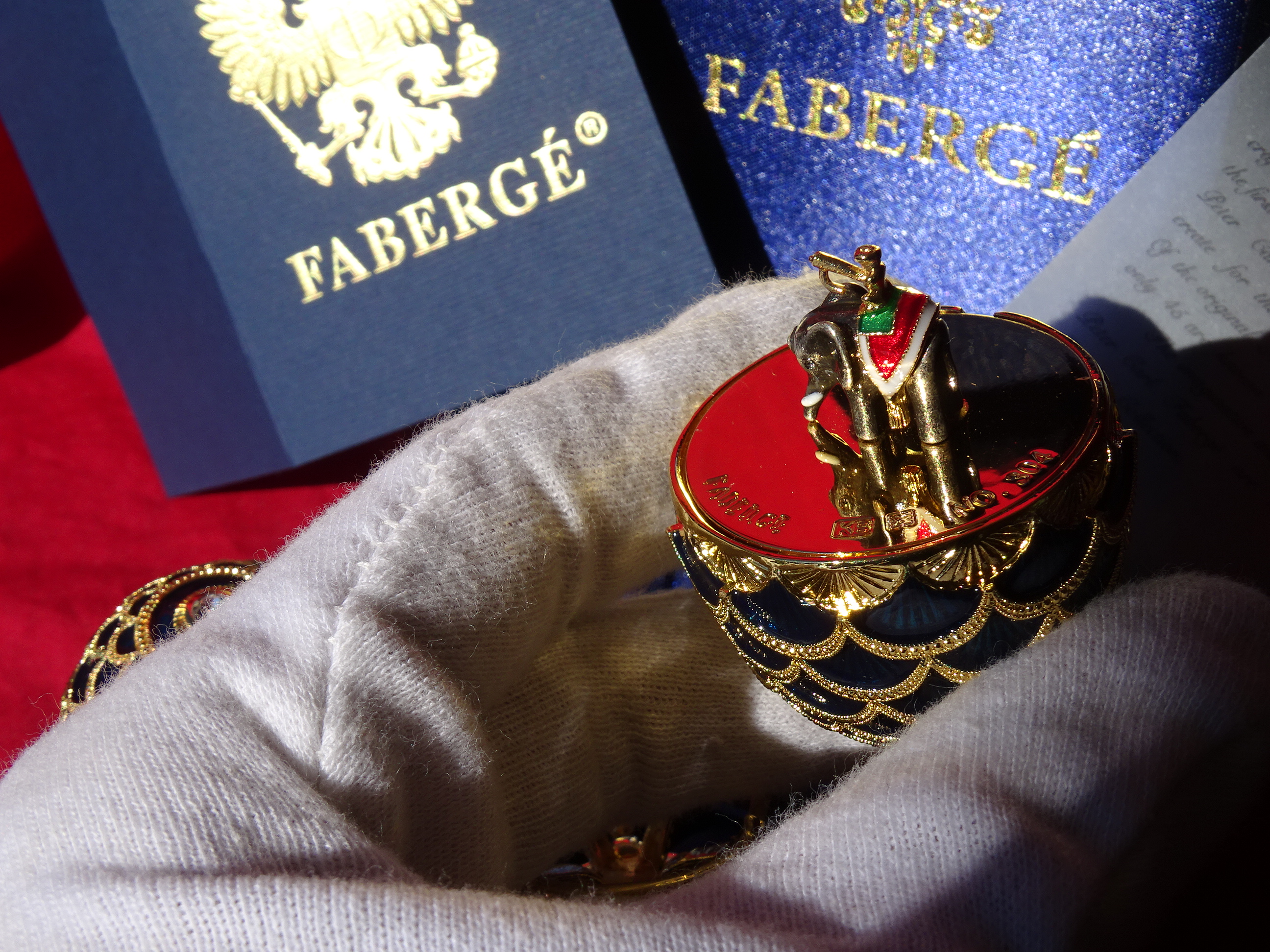Retour
Vedi l'intero catalogo
-
-
- Alex Katz(2)
- Alexander Calder(18)
- André Derain(89)
- Andy Warhol(39)
- Antoni Tapiès(32)
- Arman(38)
- Aurélie Nemours(1)
- Bengt Lindström(7)
- Bernard Buffet(240)
- César(11)
- Charlotte Perriand(9)
- Claude Weisbuch(56)
- Corneille van Beverloo(14)
- Eduardo Chillida(6)
- François Morellet(1)
- Georges Braque(77)
- Gustav Klimt(11)
- Hans Bellmer(20)
- Hans Hartung(29)
- Henri Matisse(200)
- Hervé Télémaque(6)
- Jacques Villeglé(4)
- Jean Cocteau(192)
- Jean Hélion(10)
- Jean Miotte(1)
- Jean Picart Le Doux(5)
- Joan Miro(121)
- Julio le Parc(1)
- Karel Appel(1)
- Keith Haring(6)
- Ladislas Kijno(2)
- Léonard Tsugouharu Foujita(54)
- Leonor Fini(102)
- Louis Toffoli(6)
- Marc Chagall(469)
- Marie Laurencin(49)
- Maurice de Vlaminck(83)
- Maurice Utrillo(21)
- Max Ernst(39)
- Mimmo Rotella(5)
- Niki de Saint Phalle(4)
- Pablo Picasso(403)
- Peter Klasen(7)
- Philippe Pasqua(4)
- Pierre Alechinsky(51)
- Pierre Soulages(50)
- Pierre Tal-Coat(7)
- Pierre-Yves Trémois(36)
- Raoul Dufy(53)
- Robert Combas(5)
- Salvador Dali(458)
- Théo Tobiasse(7)
- Tony Soulié(10)
- Valério Adami(31)
- Victor Vasarely(16)
- Yves Brayer(41)
- Zao Wou-Ki(23)
I migliori artisti -
-
Retour
Vedi l'intero catalogo
-
-
- Alex Katz(2)
- Alexander Calder(18)
- André Derain(89)
- Andy Warhol(39)
- Antoni Tapiès(32)
- Arman(38)
- Aurélie Nemours(1)
- Bengt Lindström(7)
- Bernard Buffet(240)
- César(11)
- Charlotte Perriand(9)
- Claude Weisbuch(56)
- Corneille van Beverloo(14)
- Eduardo Chillida(6)
- François Morellet(1)
- Georges Braque(77)
- Gustav Klimt(11)
- Hans Bellmer(20)
- Hans Hartung(29)
- Henri Matisse(200)
- Hervé Télémaque(6)
- Jacques Villeglé(4)
- Jean Cocteau(192)
- Jean Hélion(10)
- Jean Miotte(1)
- Jean Picart Le Doux(5)
- Joan Miro(121)
- Julio le Parc(1)
- Karel Appel(1)
- Keith Haring(6)
- Ladislas Kijno(2)
- Léonard Tsugouharu Foujita(54)
- Leonor Fini(102)
- Louis Toffoli(6)
- Marc Chagall(469)
- Marie Laurencin(49)
- Maurice de Vlaminck(83)
- Maurice Utrillo(21)
- Max Ernst(39)
- Mimmo Rotella(5)
- Niki de Saint Phalle(4)
- Pablo Picasso(403)
- Peter Klasen(7)
- Philippe Pasqua(4)
- Pierre Alechinsky(51)
- Pierre Soulages(50)
- Pierre Tal-Coat(7)
- Pierre-Yves Trémois(36)
- Raoul Dufy(53)
- Robert Combas(5)
- Salvador Dali(458)
- Théo Tobiasse(7)
- Tony Soulié(10)
- Valério Adami(31)
- Victor Vasarely(16)
- Yves Brayer(41)
- Zao Wou-Ki(23)
I migliori artisti -
-
Creare un account
Home Catalogo completo Oggetti da Collezione (ventagli, chiavi, fermacarte)Casa Fabergé - uovo Imperiale - Smalto
Casa Fabergé - uovo Imperiale - Smalto
Collezione Imperiale della Casa Fabergé.
Questo uovo è stato creato esclusivamente dalla Casa Fabergé.
Dimensione dell'uovo compresa la base 8 cm
Si tratta di un oggetto molto quotato nel mercato dell'arte.
Smalto con finitura placcata oro 24 carati Strass Swarovski dalla bellissima lucentezza.
Guarda le numerose immagini per avere una buona idea di tutti i dettagli e delle superbe opere d'arte di questo uovo.
Ciondolo all'interno
La famiglia Fabergé è originaria della Francia ma è stata costretta a lasciare il paese a causa della persecuzione religiosa. Nel corso del XVIII secolo la famiglia si stabilì in Russia. Peter Carl Fabergé nacque il 30 maggio 1846, figlio di un orafo. Dopo aver lavorato come apprendista presso diversi maestri orafi in Germania, Francia e Inghilterra, Peter Carl Fabergé tornò a San Pietroburgo come artigiano di grande talento. Nel 1885, Peter Carl Faberge presentò il primo Uovo Imperiale allo Zar Alessandro III e presto divenne il gioielliere più famoso al mondo.
Questo uovo è stato creato esclusivamente dalla Casa Fabergé.
Dimensione dell'uovo compresa la base 8 cm
Si tratta di un oggetto molto quotato nel mercato dell'arte.
Smalto con finitura placcata oro 24 carati Strass Swarovski dalla bellissima lucentezza.
Guarda le numerose immagini per avere una buona idea di tutti i dettagli e delle superbe opere d'arte di questo uovo.
Ciondolo all'interno
La famiglia Fabergé è originaria della Francia ma è stata costretta a lasciare il paese a causa della persecuzione religiosa. Nel corso del XVIII secolo la famiglia si stabilì in Russia. Peter Carl Fabergé nacque il 30 maggio 1846, figlio di un orafo. Dopo aver lavorato come apprendista presso diversi maestri orafi in Germania, Francia e Inghilterra, Peter Carl Fabergé tornò a San Pietroburgo come artigiano di grande talento. Nel 1885, Peter Carl Faberge presentò il primo Uovo Imperiale allo Zar Alessandro III e presto divenne il gioielliere più famoso al mondo.
Questa descrizione è stata tradotta automaticamente. Clicca qui per vedere la versione originale EN
House of Faberge Imperial Collection.
This egg was created exclusively by the House of Faberge.
Size of the egg including the base 8cm
This is an object that is highly quoted on the art market.
Enamel with a 24 k gold plated finish swarovski rhinestones with a very beautiful shine.
See the many pictures to get a good idea about all the details and the superb artwork on this egg.
Pendant inside
The Fabergé family originated in France but was forced to leave the country due to religious persecution. During the 18th century, the family settled in Russia. Peter Carl Fabergé was born on May 30, 1846, the son of a goldsmith. After apprenticing with several master goldsmiths in Germany, France and England, Peter Carl Fabergé returned to St. Petersburg a highly accomplished craftsman. In 1885, Peter Carl Faberge presented the first Imperial Egg to Czar Alexander III and soon became the most famous jeweler in the world.
This egg was created exclusively by the House of Faberge.
Size of the egg including the base 8cm
This is an object that is highly quoted on the art market.
Enamel with a 24 k gold plated finish swarovski rhinestones with a very beautiful shine.
See the many pictures to get a good idea about all the details and the superb artwork on this egg.
Pendant inside
The Fabergé family originated in France but was forced to leave the country due to religious persecution. During the 18th century, the family settled in Russia. Peter Carl Fabergé was born on May 30, 1846, the son of a goldsmith. After apprenticing with several master goldsmiths in Germany, France and England, Peter Carl Fabergé returned to St. Petersburg a highly accomplished craftsman. In 1885, Peter Carl Faberge presented the first Imperial Egg to Czar Alexander III and soon became the most famous jeweler in the world.
Oggetti associati: Gioielli e orologi
Fine della vendita
"Questo lotto non è disponibile. Clicca su ""Vedi il catalogo"" per vedere lotti simili in vendita."
Hotline
Non esitate a chiamarci per qualsiasi richiesta
Fai una domanda

